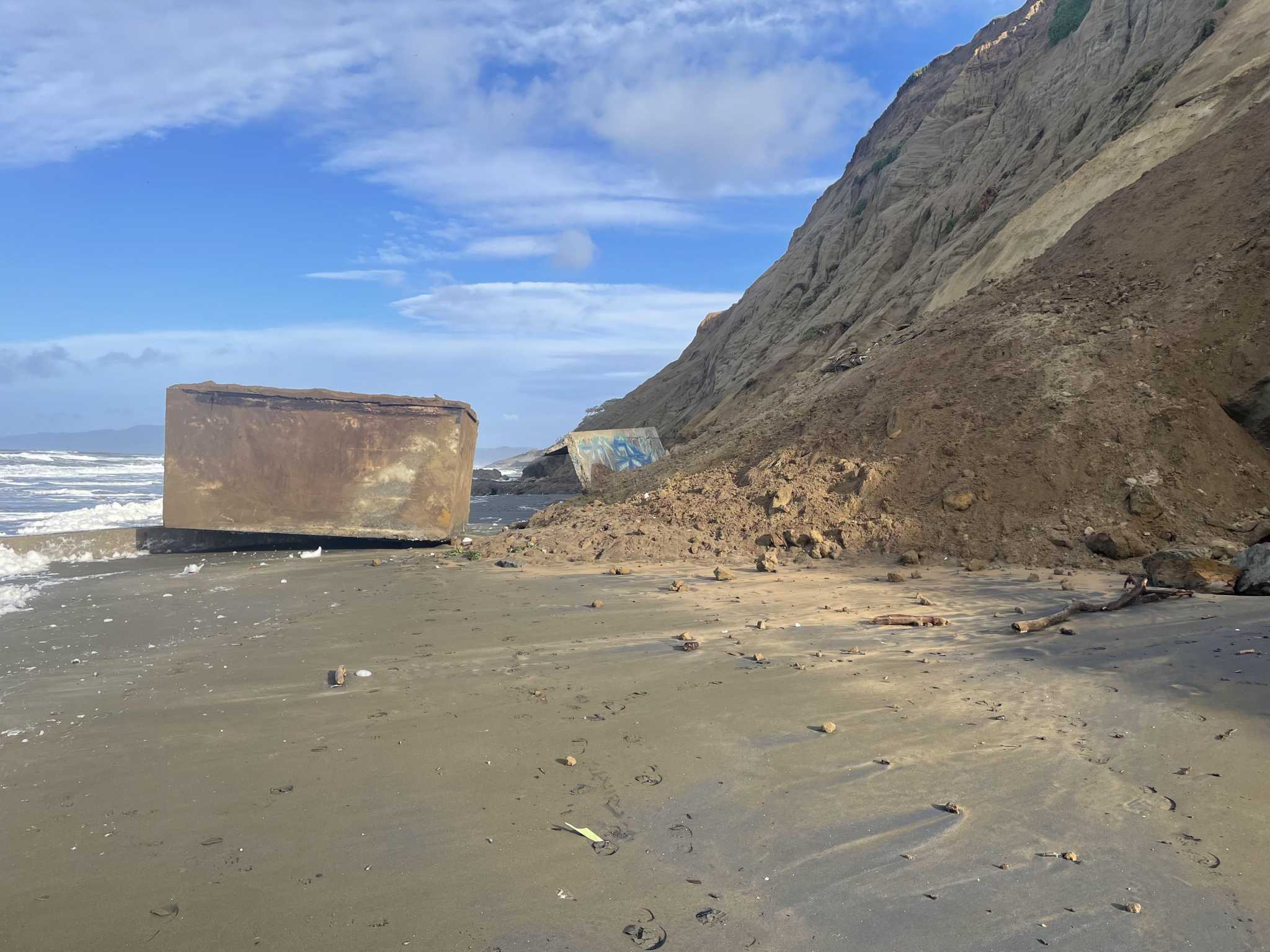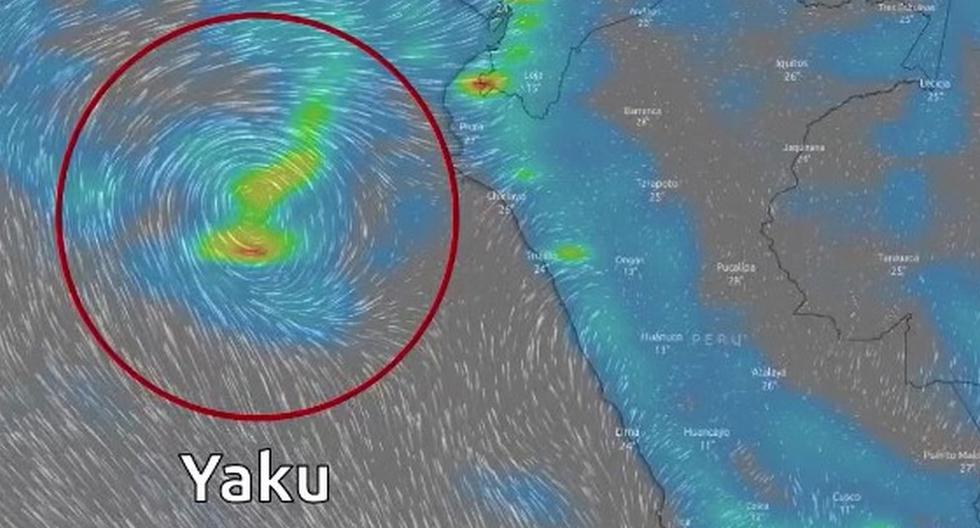Pacific storms will once again reach the West Coast of the United States after a hiatus over the last couple of weeks.
AccuWeather forecasters say that the upcoming storms won’t pack quite the same punch as storms in early January.
A change in the weather pattern will bring more of a west-to-east flow in the
jet stream, which will usher in a string of quick-moving storms from the Pacific Ocean. In general, the storms will deliver moderate amounts of rain and mountain snow compared to the extreme amounts unleashed by powerhouse storms earlier last month.
Systems will also take aim a bit farther north than previous storms, mainly aiming at Northern California and the Pacific Northwest, as AccuWeather meteorologists have been predicting since early in January.
Episodes of rain and snow over the Sierra Nevada and Cascades could cause travel slowdowns and delays at times. Incidents of flash flooding and debris flows will still be possible, but they are unlikely to be widespread. Road washouts will be much less likely with the upcoming storms.
The first of these storms will be on the weaker end of the spectrum and will spread some rain showers from Central California northward to western Washington on Friday and Friday night.
"The approximate southern cutoff from the meaningful rain will probably be around or just north the
San Francisco Bay region," AccuWeather Senior Meteorologist Heather Zehr said. From 0.50 of an inch to 1 inch of rain can fall on the west-facing Coast Ranges north of San Francisco from Friday to Friday night.
Because this storm will tend to lift northward as it nears the coast, very little or only spotty rain will reach the interior valleys of the state, as well as across much of Southern California.
"This storm will bring very little snow overall as it largely misses the Sierra Nevada," Zehr said, "but it will bring several inches of snow to the higher terrain of interior Northern California and Oregon."
The second storm, which will be a bit stronger, will track farther south and will spread meaningful precipitation much farther inland this weekend
.
"The storm from Saturday to Sunday will bring more substantial rain and mountain snow to more of the state, compared to Friday's system," Zehr said.
"Rainfall totals with the weekend storm will be 1-2 inches in the Coastal Ranges near and north of San Francisco as well as in the foothills of the Sierra Nevada," Zehr said. "There is also a better chance for at least a half an inch of rain in the Bay Region and perhaps even the Sacramento Valley."
Rainfall will be limited in much of Southern California. However, there will still be a small amount and enough to make roads slick in many locations, especially from Saturday night to Sunday.
"The Sierra Nevada will get snow out of this storm, but it will not approach the staggering totals from many storms during early January. Snow levels will start around 6,000 feet but lower to 4,000 feet as the storm progresses. Where the storm is all snow, 1-2 feet will pile up," Zehr said.
Additional storms will move onshore along the Pacific coast in the coming weeks. Some will track into the Northwest, but some will tend to focus more on California.
"One storm that could have a more significant impact on Southern California, compared to this weekend's storm, will be the following weekend of Feb. 11-12," AccuWeather Lead Long-Range Meteorologist Paul Pastelok said. "Depending on the exact track, there could be substantial rain for
Los Angeles."
AccuWeather Chief On-Air Meteorologist Bernie Rayno said that the anticipated pattern for the next couple of months is a good sign.
"This [pattern] will bring more meaningful rain to California," Rayno said. "If there can be more normal rainfall in California during February and March, instead of the complete shutoff like which occurred last year, then further improvement of the drought is likely."
The storms from December to the first half of January have already had a tremendous impact on the long-term drought in California. In a matter of weeks, the two highest categories of drought -- extreme and exceptional -- completely disappeared, according to the United States Drought Monitor.
Many reservoirs in the state had water levels close to or above their average levels for early February, and that represents a tremendous boost from extremely low levels at the start of the winter.
Even though there have not been any big snowstorms over the southern Sierra Nevada since the middle of January, snowfall on the slopes ranges from 170% of normal in the north to nearly 250% of normal for the season to date.
As long as periodic storms, even of average nature, continue in the region through the end of the wet season, the snowpack and reservoir levels will be largely preserved and may climb even higher.
As the snow over the intermediate and high country gradually melts in the spring and summer, runoff helps to fill out streams, which then fill lakes and reservoirs for use during the growing season and for drinking purposes year-round.
La Niña is weakening -- what's next?
A weakening
La Niña pattern and other factors helped produce the surge of strong storms and moisture into California from late December to early January. La Niña is a climate pattern defined by persistent lower-than-average water temperatures in the tropical Pacific and the jet stream pattern along the West Coast of North America.
On the other hand, when waters in the tropical Pacific trend and remain warmer than average, an
El Niño is declared. During an El Niño, the southern branch of the jet stream sometimes directs many storms and moisture into California.
While the gradual weakening of La Niña to a neutral state is forecast to continue into the summer, there is the potential for an El Niño pattern to evolve from the late summer to the autumn. Depending on other atmospheric and Pacific Ocean conditions, such a pattern could bring more frequent and moisture-laden storms to California and the Pacific Coast states in general next wet season.
"Based on how things have gone this year, it is obvious that California weather is impacted by more than just La Niña or El Niño," Pastelok said.
"A change to El Niño can help the chances for a stronger southern storm track into California next winter, but much may depend on water temperatures over the north-central and eastern Pacific," Pastelok said. "This far out, there is still some uncertainty to whether El Niño will maintain through the fall and winter or stay weak or perhaps fall back to neutral."

 www.sfchronicle.com
www.sfchronicle.com






